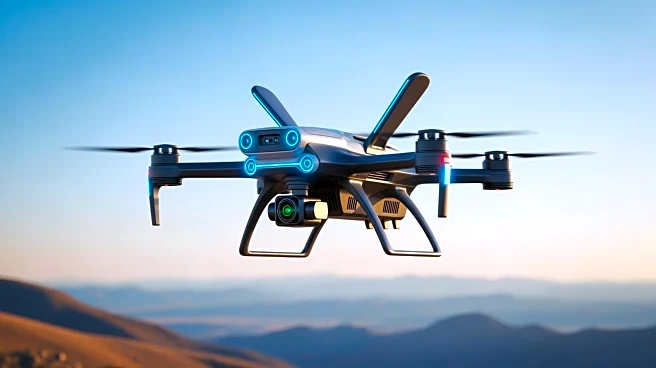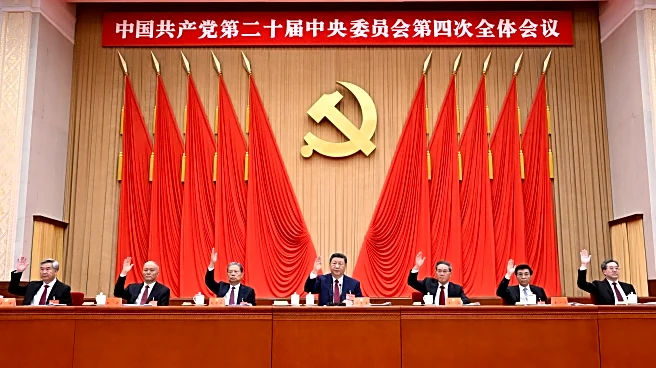What's Happening?
DJI, a prominent dronemaker, is preparing to launch a new version of its small and affordable Neo drone, dubbed the Neo 2. The updated model features enhancements such as gesture and voice control, omnidirectional
sensors, a 2-axis gimbal, and improved battery life, offering 19 minutes of flight time. Despite these advancements, the Neo 2 may not be available in the U.S. due to government concerns over Chinese surveillance. The U.S. has effectively banned DJI's products, labeling the company as a 'Chinese Military Company' and citing national security risks. DJI has appealed this designation, but U.S. consumers currently have limited access to its drones.
Why It's Important?
The potential ban on DJI's drones in the U.S. highlights ongoing tensions between the U.S. and China, particularly regarding technology and surveillance. DJI's drones are popular for their affordability and advanced features, making them a significant player in the consumer drone market. The ban could impact U.S. consumers who rely on DJI's products for recreational and professional use, as well as businesses that incorporate drone technology into their operations. Additionally, the situation underscores broader concerns about data security and the geopolitical implications of technology trade between the two nations.
What's Next?
DJI's appeal against its designation as a 'Chinese Military Company' is pending in the U.S. Court of Appeals. The outcome could determine whether DJI's products will be available in the U.S. market. Meanwhile, DJI is optimizing its strategy to serve U.S. customers amidst these challenges. If the appeal is successful, DJI may resume sales in the U.S., but it will still need to navigate tariffs and international shipping issues. The situation remains fluid, with potential implications for U.S.-China trade relations and the consumer drone industry.
Beyond the Headlines
The ban on DJI drones raises ethical and legal questions about surveillance and data privacy. It also reflects broader cultural and political dynamics between the U.S. and China, influencing public perception of foreign technology. Long-term, this could lead to shifts in consumer preferences and increased scrutiny of international tech companies operating in the U.S.













